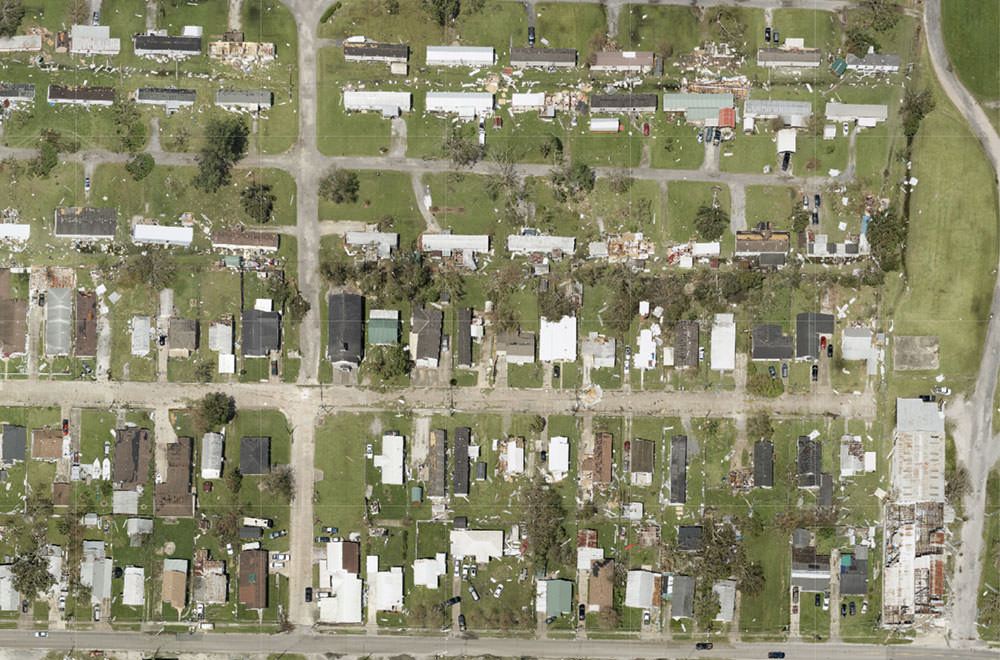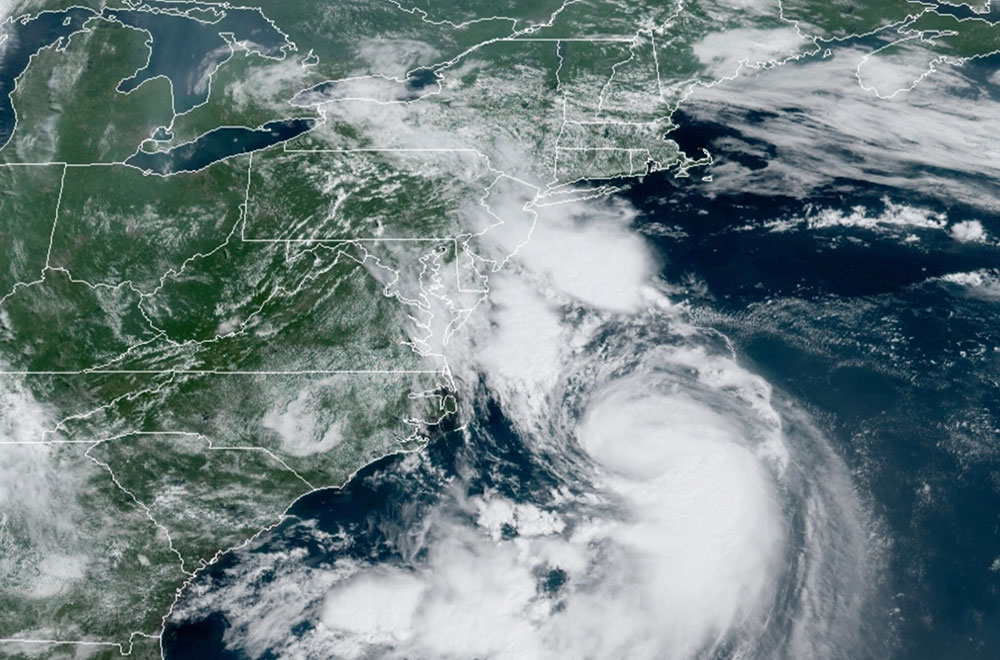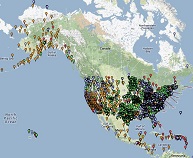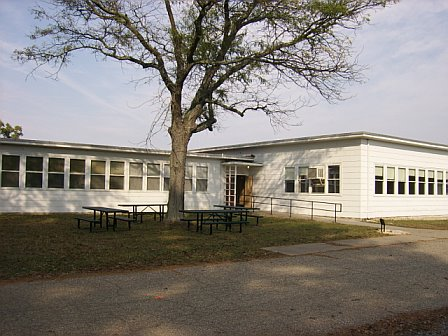September 20, 2024
NGS hosted a preconference discussion panel, “Community Benefits of the Modernized National Spatial Reference System”, at the GeoGov 2024 Summit in Herndon, Virginia. The live streamed and in-person discussion panel was part of the NGS Engagement Strategy to prepare constituents for the modernized National Spatial Reference System, or NSRS. NGS staff met with leaders from the U.S. Geological Survey, the National Society of Professional Surveyors, Dewberry, and Esri to discuss the challenges, benefits, opportunities, and rollout of the modernized NSRS. Brad Kearse, NGS deputy director, moderated the panel. Rachael Dempsey, NOS deputy assistant administrator for navigation, observations, and positioning, provided opening remarks. Leaders and experts from across government, industry, nongovernmental organizations, and academia annually convene at the GeoGov Summit to explore opportunities to enhance the national geospatial strategy, collaboratively map out solutions to improve data and decision-support capabilities, and improve governance and coordination of our nation’s geospatial infrastructure.
For more information, contact: Galen Scott



 After an 8.2 magnitude earthquake off the southern coast of Alaska in late July, NGS staff are working to revise the official coordinates of
After an 8.2 magnitude earthquake off the southern coast of Alaska in late July, NGS staff are working to revise the official coordinates of  Geodesists at the
Geodesists at the  The geoid is a model of global mean sea level used to measure
precise surface elevations. This summer the
The geoid is a model of global mean sea level used to measure
precise surface elevations. This summer the 

